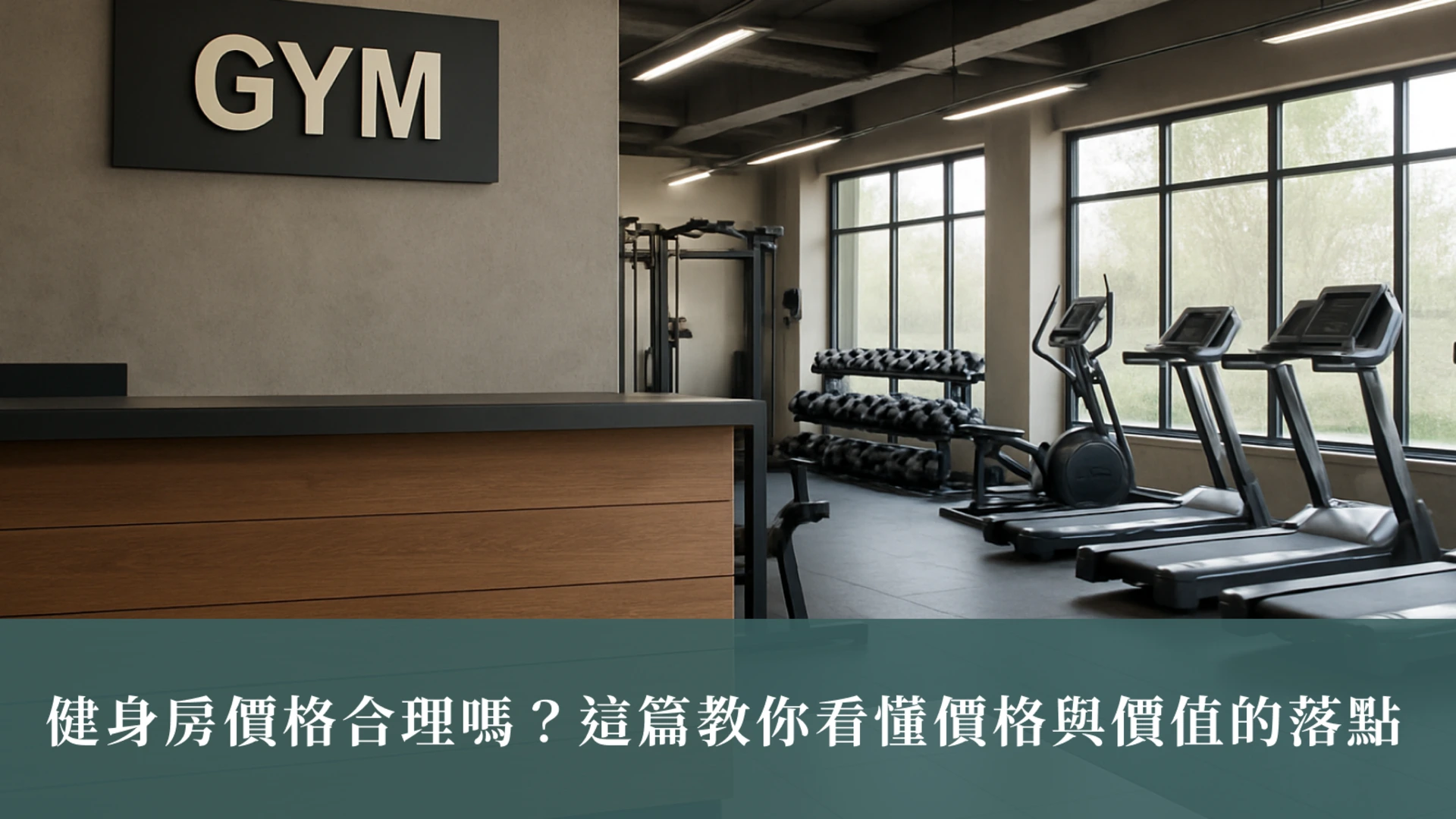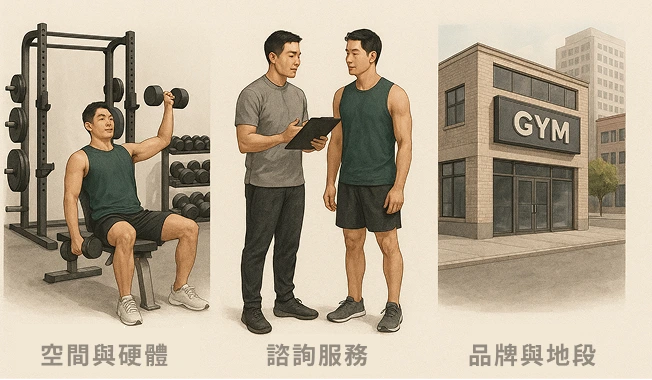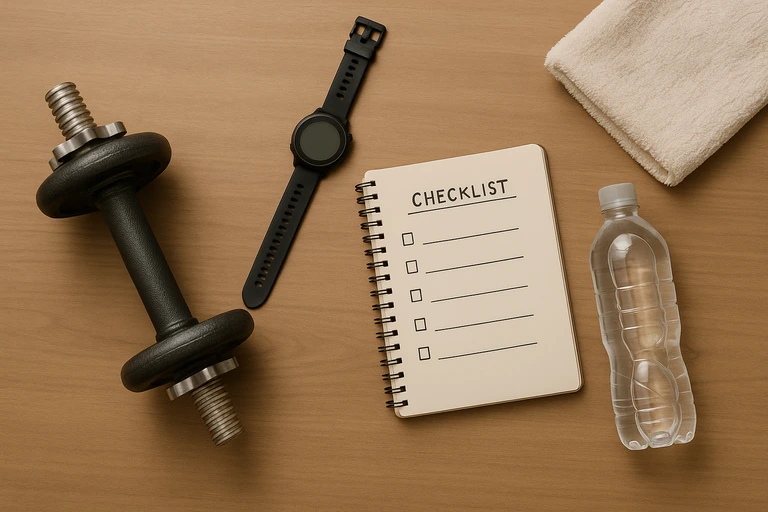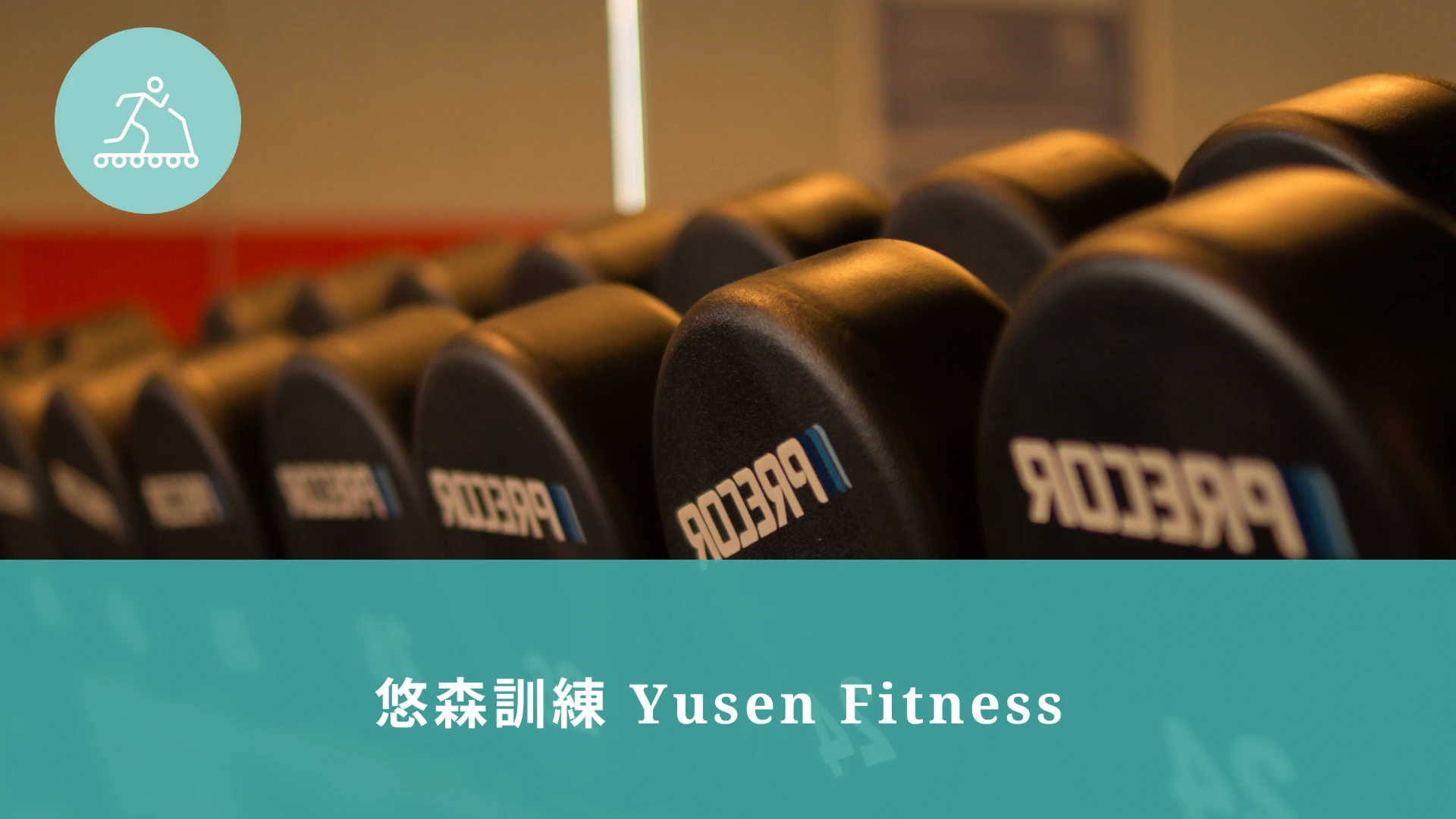
Gym fees explained: how to spot value, not just cost.
💡 A quick summary of the key points of this article:
- The price of a gym reflects its space configuration, service scope and brand location.
- Self-assessment from three aspects: frequency of use, functional requirements, and process ease
- The best gym is not the most expensive one, but the one that is the least wasteful and can be visited most often is worth it.
How to view gym prices? Clarify price differences from the "cost composition logic"
The price difference of gyms is apparently the amount of monthly fees and course fees, but in essence it is the result of the combination of "spatial conditions × usage rights × service density". Different venues will package these items in different ways, but the starting point of evaluation should be: what kind of "available resources" the money spent corresponds to.
The actual composition can be roughly divided into three categories:
- Space and hardware ratio : including venue area, equipment types and age, shower and changing environment. This is usually the most basic source of expenses.
- Service and manpower ratio : such as counter reception, coach guidance, group course arrangement, cleaning frequency, etc., will directly affect the flow of people experience and the atmosphere of the venue.
- Brand and location bonus : Gyms located in downtown areas may have price differences due to rent and brand awareness, even if they have similar configurations.
Before considering whether the price is reasonable or not, you should first form a basic judgment on these components, rather than just jumping to conclusions based on the "price quoted".
What is the difference between gyms of different price ranges? See the price difference from "access rights"
Some gyms don’t charge a lot for monthly fees, but every time you go there, you feel uncomfortable. The problem may not be the space or the equipment, but “whether you can use those things freely.” Behind the price grading, there are actually many “hidden restrictions” – who can enter, what time is available, and which facilities require separate reservations. These are the real differences that affect the experience.
Common restrictions in low-priced gyms include: additional fees during peak hours, fees or lotteries for some classes, insufficient changing and showering space, etc. Although this type of gym focuses on low monthly fees, you have to make concessions in every aspect. Gyms above the mid-range price range usually provide stable entry and exit rules, more complete group class schedules, and basic coach assistance, so you don't need to ask repeatedly to confirm whether you can use it.
In addition, some seemingly basic equipment, such as body fat machines, steam rooms, yoga mats or simple auxiliary equipment, may also be set as "extra price items" due to different prices. When choosing a gym, you can't just look at the photos of the equipment, but you have to find out whether those things "are available for you to use when you go in."
Will brand, location and traffic also increase prices?
In addition to equipment and service content, the price of a gym also has another often overlooked variable: brand image, location conditions and traffic structure . These factors may not be directly reflected in what you can use, but they will cause a significant difference in the monthly fee.
First, let’s look at the location. If the same brand is located in the downtown business district, its monthly fee is often 20-30% higher than that of suburban or community venues. The reason is simple: high rental pressure and concentrated traffic, the industry will reflect these costs in the price. In other words, you are not just spending money on fitness, but the cost of “convenient access”.
Brand is also part of the price. Well-known gym chains emphasize equipment consistency, management standardization, and membership system integration. Although these systems are not directly helpful for training, they may make beginners feel more secure and have the opportunity to enjoy flexibility such as changing gyms, extending contracts, and course discounts.
As for the flow of people and customer base, it will also affect the price and user experience. The peak crowds of gyms in commercial areas are concentrated during rush hour, and it may be difficult to find a seat even if the venue is good; while community gyms, although smaller in scale, have a slower pace of use and a higher proportion of regular customers, and the overall experience is more stable.
What is a reasonable price? 3 conditions for self-assessment are most practical
To judge whether the price of a gym is reasonable, you should not only look at the market price range, but also infer the appropriate budget based on your own usage scenario. The following three conditions can serve as a basic evaluation framework:
- Is the frequency of use stable?
If you only go 1-2 times a week, you don’t need to choose a high-priced venue, as it will be a waste. The number of exercises per month × the average expenditure per time often reflects the actual benefits better than the monthly fee.
- Are the functional requirements special?
If you just need a free weight area and basic showers, a budget gym will suffice. But if you want group classes, a personal trainer, or more cardio equipment, you'll need to consider mid-range or higher-priced options.
- Is the on-site process smooth?
There are many equipment but they are often out of stock, the traffic flow is chaotic, and the bathroom is crowded. These will make people give up continuous exercise. A suitable gym should be a place that "makes you want to go often but won't hold you back."
A truly reasonable price is one that matches the frequency of use, covers actual needs, and does not make people annoyed when using it. This is not about choosing the "cheapest" or "highest", but choosing the "least wasteful"!
The price of the gym is not the point, what matters is whether you are willing to keep using it
The price of a gym is not just about the size of the venue and the brand of equipment. What really affects whether you go there or not is whether it is "easy to use". Many people compare prices, but ignore details such as movement lines, space, flow of people and processes. In fact, those venues that make you want to go again and again are the spaces worth spending money to stay.
To evaluate whether a gym is worth investing in, instead of just looking at the discount, it is better to judge based on these three things: whether it will be used frequently, whether the functions are just right, and whether it will get stuck during use . If these three things are all right, then there is no need to doubt whether the price is reasonable.
Gym price evaluation key points
- Three cost composition logics : space and hardware, manpower and services, brand and location
- The difference between venues of different price ranges : not the amount of equipment, but whether it can be used smoothly
- Ask about hidden costs : usage time, course privileges, and surcharge facilities are often overlooked
- The price premium of location and brand : Convenience is not cheap, but high frequency of use may be more worthwhile
- The selection principle remains unchanged : being able to use it frequently, being willing to use it, and not wasting it are the criteria for a reasonable price.



